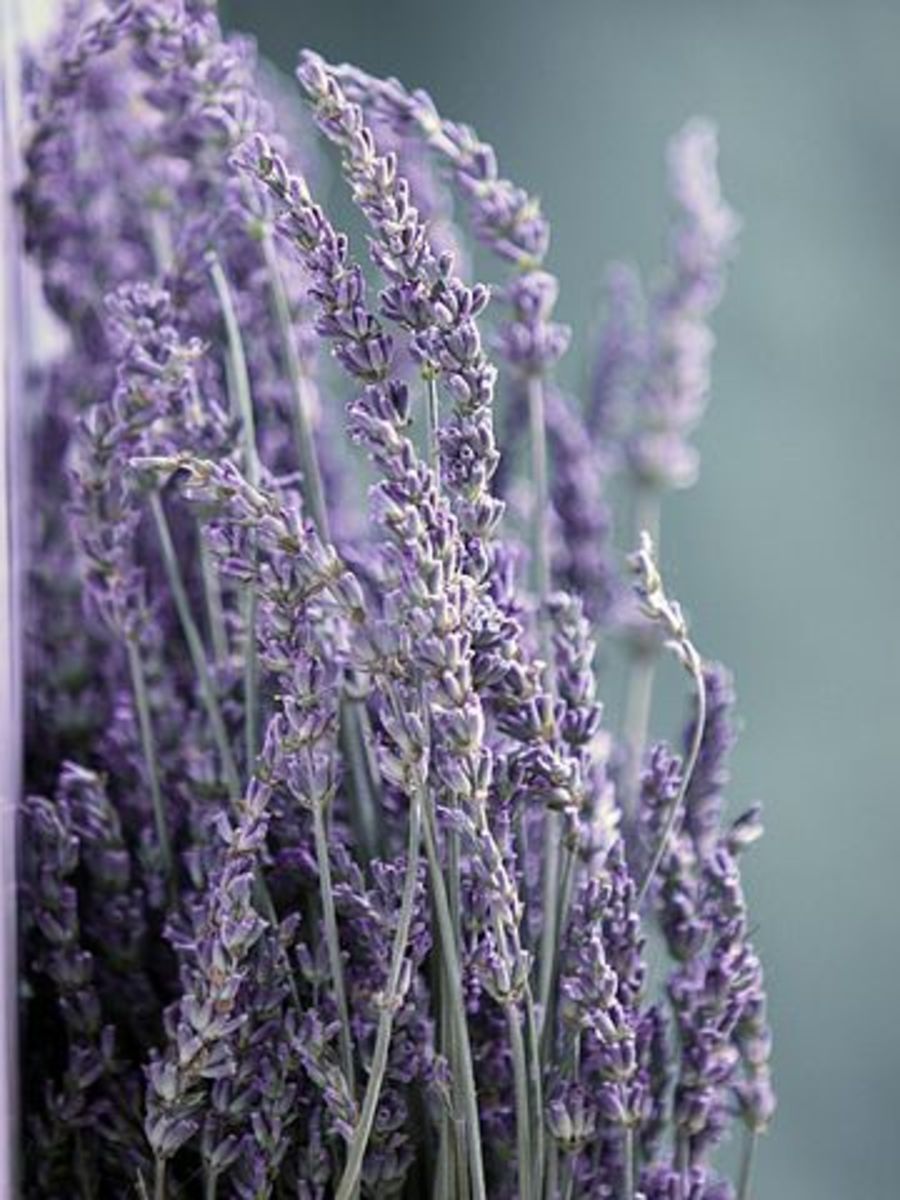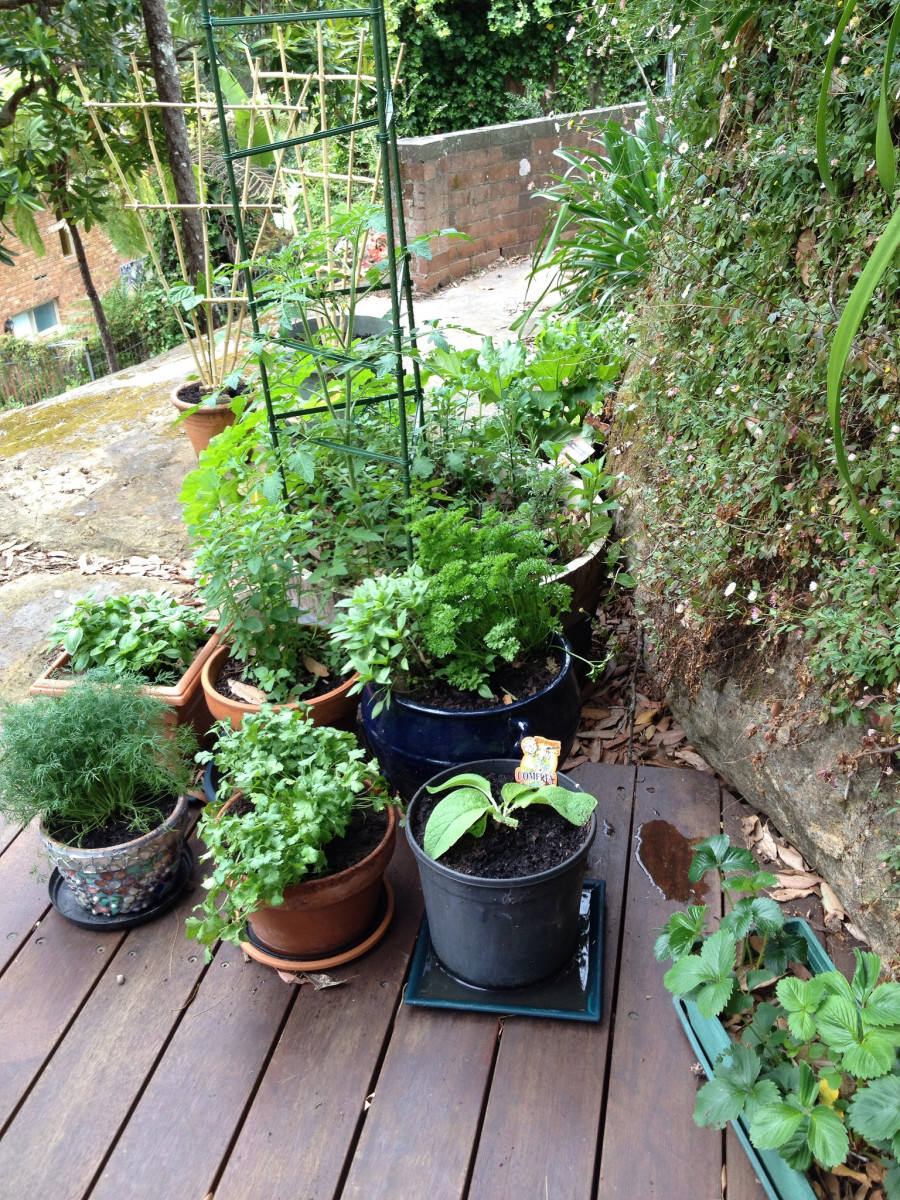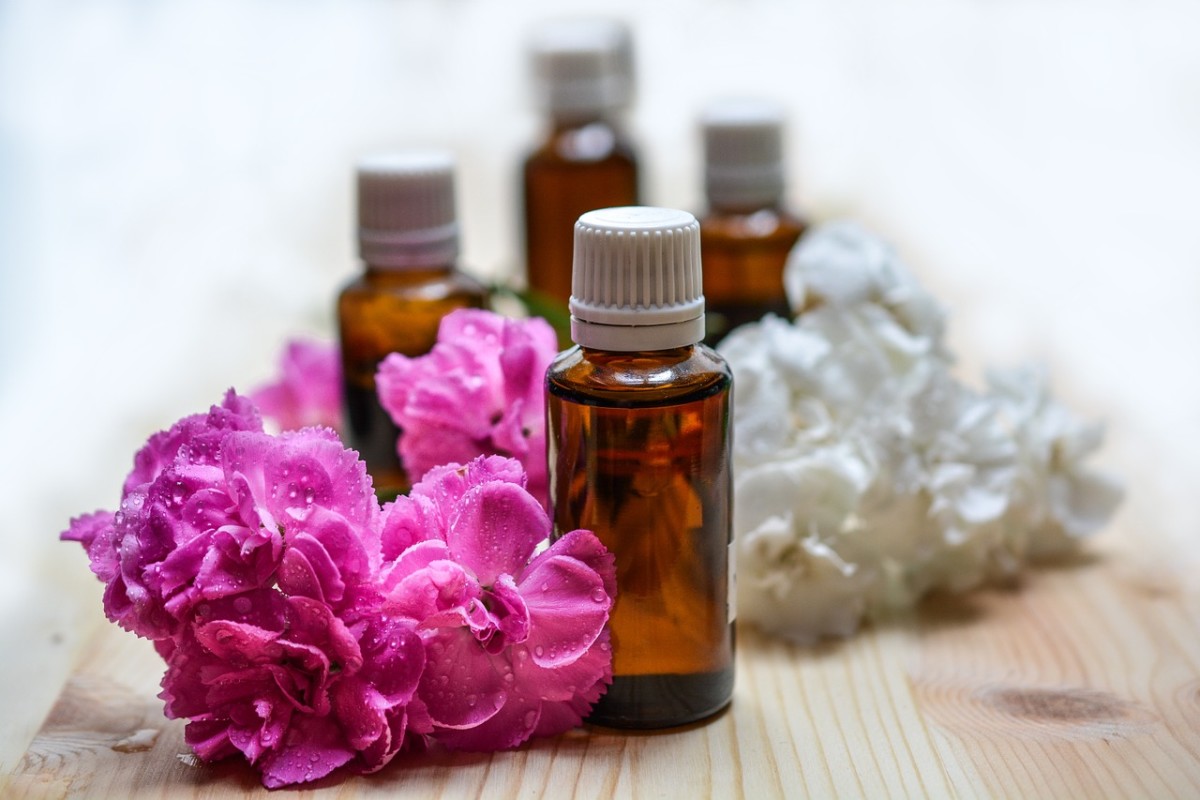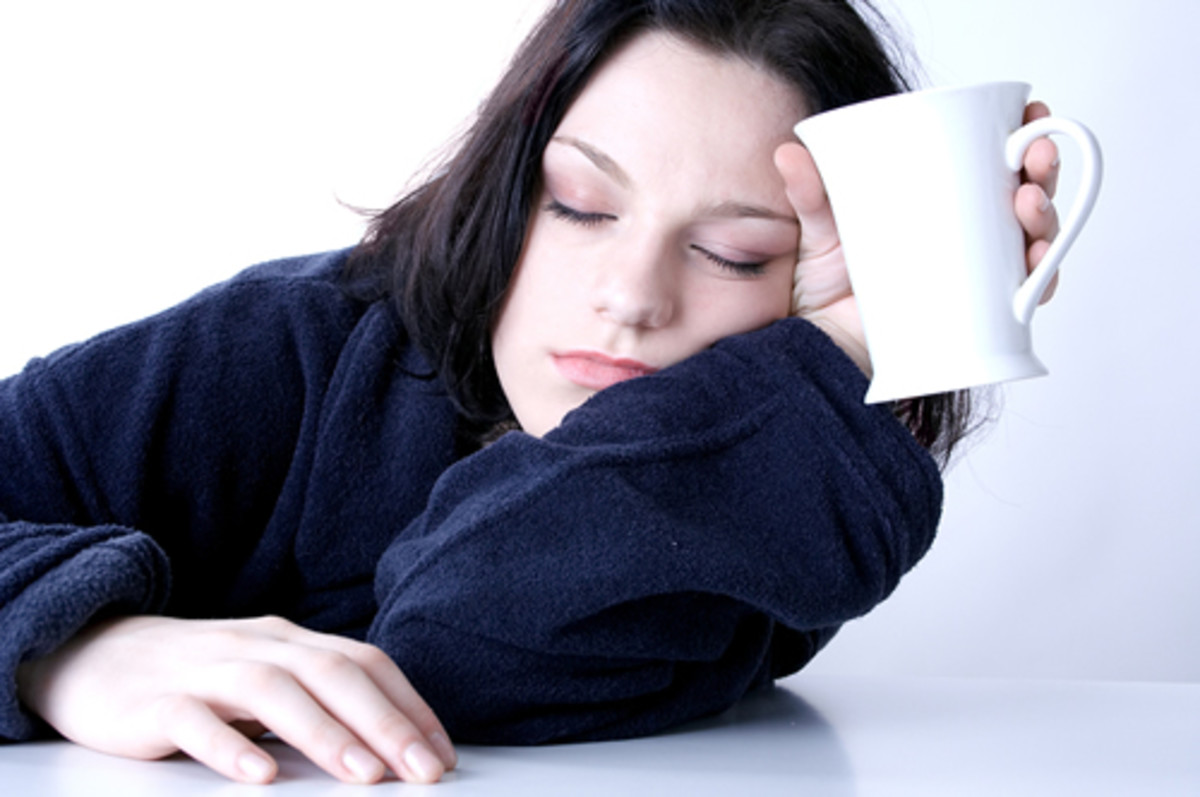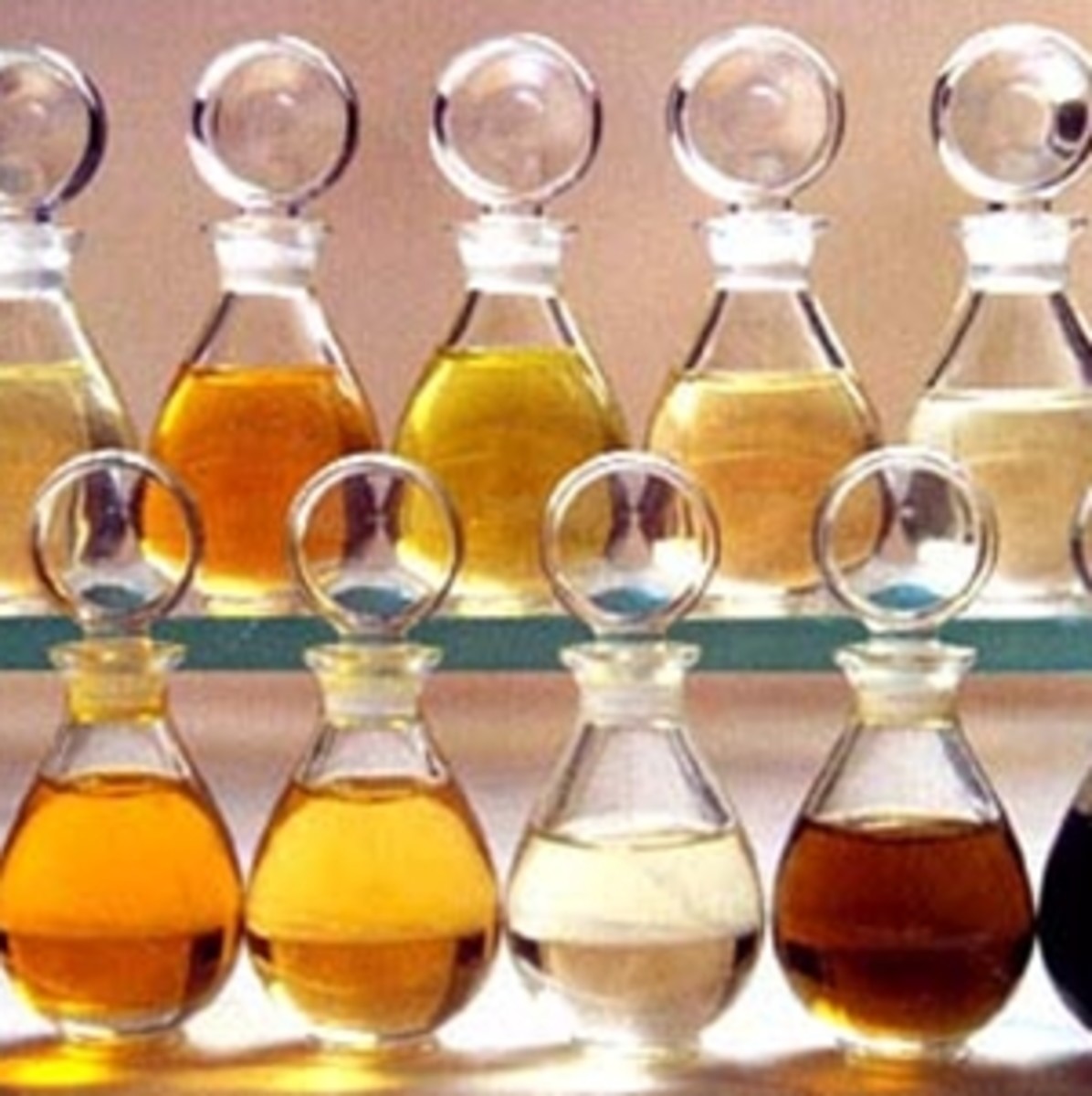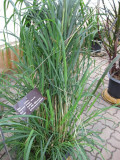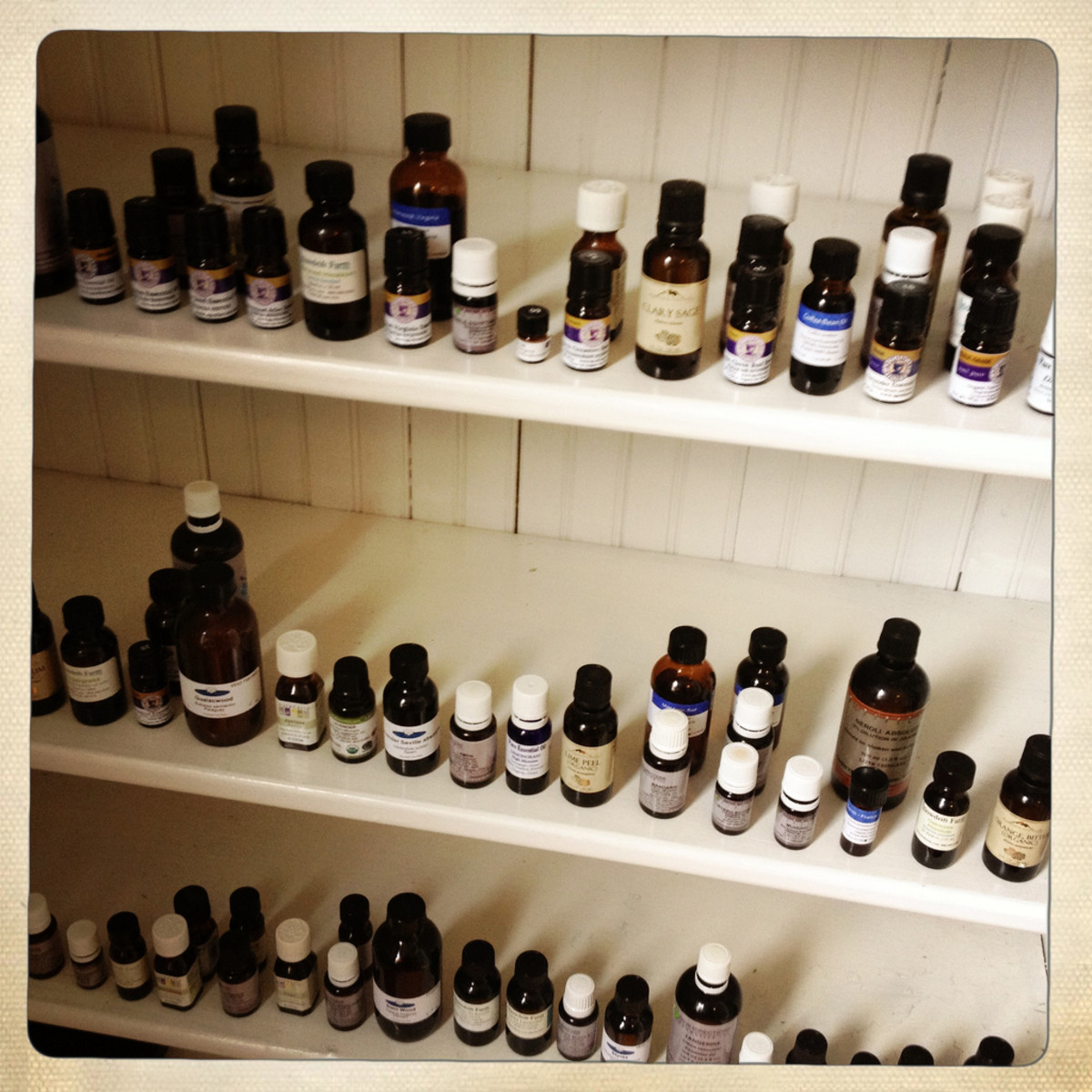Producing Essential Oils From Flower Sources
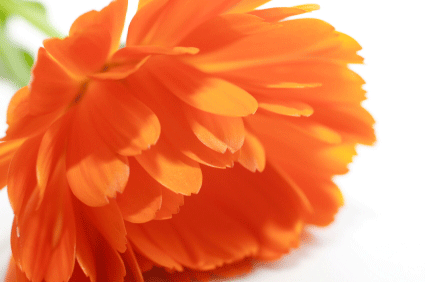
What are Flower Essences?
Like other plant materials such as herbs and spices, flowers also contain therapeutic properties that either enhance the benefits produced by essential oils on the body or provide healing power on their own. In fact, another form of alternative remedy known as flower therapy is also available, which utilizes the floral essences of the plant in bringing about healing and improved health condition.
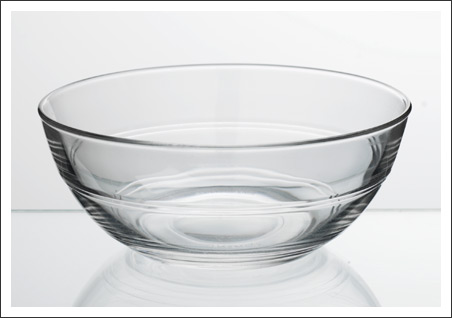
Things You Need
To get started with making homemade floral essences, you will need a few equipments or materials to work with. Make sure to prepare the following materials for their specific use:
*Glass bowl or container – This is where you will be mixing ingredients together, so make sure you have enough room to move around.
*Water – Preferably, it has to be clean and uncontaminated since you are going to use it on your skin. Avoid using bottled water.
*Dropper – This will be used for transporting liquid ingredients from one container to another.
*Brandy – This is intended to preserve and extend the shelf life of your essences. You can also use cider vinegar as an alternative if you do not like alcohol.
*Labels – This will be for tracking purposes.
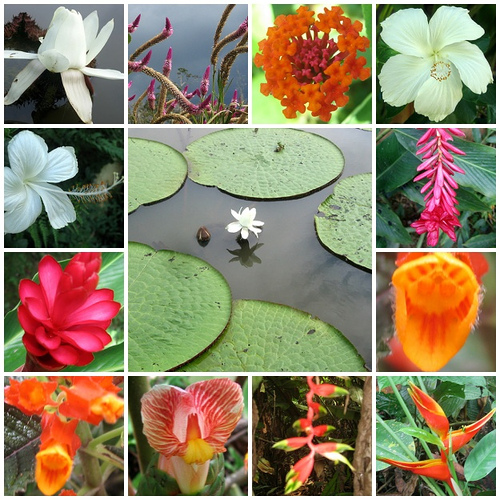
Why take flower essence?
Making Aromatherapy Products : What Is Essential Oil?
Why Flower Remedies ? How do they work? What do they do?
Potential Sources of Flower Essences
Flower essences, like the use of essential oils, are gaining more attention for its therapeutic benefits. In some cases, the flower essences are integrated with essential oils to expand its effectiveness level, which has been reported to be very effective as a healing power.
Before you get started on producing flower essences, you first need to determine where you can potentially extract them from. Here are some of your potential choices:
- Alpine Lily
- Butterfly Weed
- Calendula
- Cherry Plum
- Calla Lily
- Dandelion
- Elm
- Holly
- Honeysuckle
- Lilac
- Mustard
- Quince
- Pine
- Red Yarrow
- Sagebrush
- Tiger Lily
- Vine
- Water Violet
- Willow
- Wild Rose
Extraction of Flower Essences
Aside from using in floral therapy and other method of aromatherapy application, flower essences are also used as natural fragrances. Indeed, it has been used in history for the longest time for various reasons. If you want to use one at home, it is easy to extract them using the most common extraction technique known as enfleurage.
Here's how you can do it right at your own home:
- Melt lard or some other type of odor-free fat, which will serve as cover for the bottom of your shallow plates.
- Make sure that the melted substance takes up about 1 and a half inch of the bottom and let it cool down until it solidifies.
- Once cooled down, fill the spaces with petals from your chosen flower source. You can try adding other flowers or herbs to accentuate the scent, if you like.
- Put it aside for at least two days. After two days, check back on it again and remove the wilted petals. You can repeat this process 8 times using fresh petals until you have extracted the petals' aromatic essences.
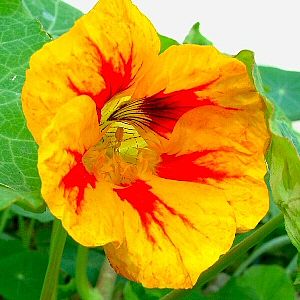
Harvesting Flower
When collecting flowers to produce your floral essences to be used in aromatherapy, make sure to gather only the actual flower heads. They are the ones you will be using in the process of extraction and all other flowering plant parts will not be utilized.
When sniping the flower heads off, avoid touching the container to which you are going to transfer the flowers to. This will help preserve the purity of the essence you are trying to produce. Other things to avoid are touching the flowers themselves nor sniffing them. You can use tweezers or scissors to cut the heads off.
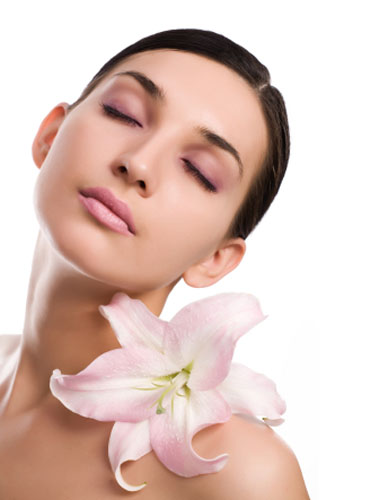
Use Natural Medicine No. 11 Essential Oil Aromatherapy
Advantages of Essential Oil Flower Essences
Whether you intend to cure ailments or just enhance your overall health system, the essential oils produced from flower essences can be really nourishing for your body and mind. Here are some of its greatest benefits:
- The essences produced by essential oils from plant sources cause no secondary effect on the body. As with other types of natural oils, it merely acts to reintegrate natural functions of the body and producing balance.
- You can be assured that the oil is made up of 100% natural ingredients instead of introducing harmful chemicals into your body.
- Unlike other synthetic or chemically-produced drugs, essential oils from flower essences do not create an addictive side effect or other damaging consequences on your body.
- Using essential oils from plant sources will not intervene nor produce contra-indications with other medications that you are currently taking.
- Whatever effects it has on the body, it is subtle enough so as not to shock your system and cause side effects.
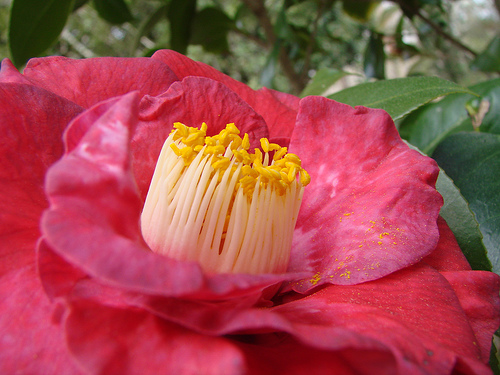
Star's Angel Spray
Suggested Flower Essences for Mixture Blends
Creating a synergistic blend of essential oils and flower essences are the latest trend in the field of aromatherapy. It works behind the concept that by combining these two, you are gradually increasing the potential benefits that you can get.
Below are some examples of flower essences that are typically combine with essential oils as it helps to reinforce the benefits of the latter:
*Dark Pink Camellia – When used in essential oil blends, this particular floral essence acts as a moderator-combiner. Meaning, it facilitates in the harmonious blending of these different essences to produce a mixture that will work together when used in aromatherapy.
*White Magnolia – More than just producing harmony from various flower and essential oil combinations, this one is more focused on the healing power of the combination to making it more effective when used in therapy.
*Viper's Burgloss – This type of floral essence acts as a resonance enhancer, which is basically magnifying the effects of the oil's basic component energies and tapping those energies to bring about healing.

Storing Flower Essences
Once you have finished making your flower essences, you need to observe proper storage procedures to help preserve those essences and make them optimally effective. You know when the essence is ready as you place your hand over the mixture and you have this slight tingly sensation, which is a manifestation of subtle energies emitted by the essence.
Then, using a bottle dropper, transfer it to your desired jar or container. Before screwing the top on, make sure to give the flower essence a good shake. Make sure to label the bottle so you know what it contains and be easily accessible for use later on.
Links
- Essential Oils Archives - Taruna Oils
Taruna Oils offers therapeutic grade aromatherapy & essential oils for mind, body & spirit. Freshly cultivated and steam distilled, the essential oils in Taruna Oil's collection are life-enhancing gifts from nature.



